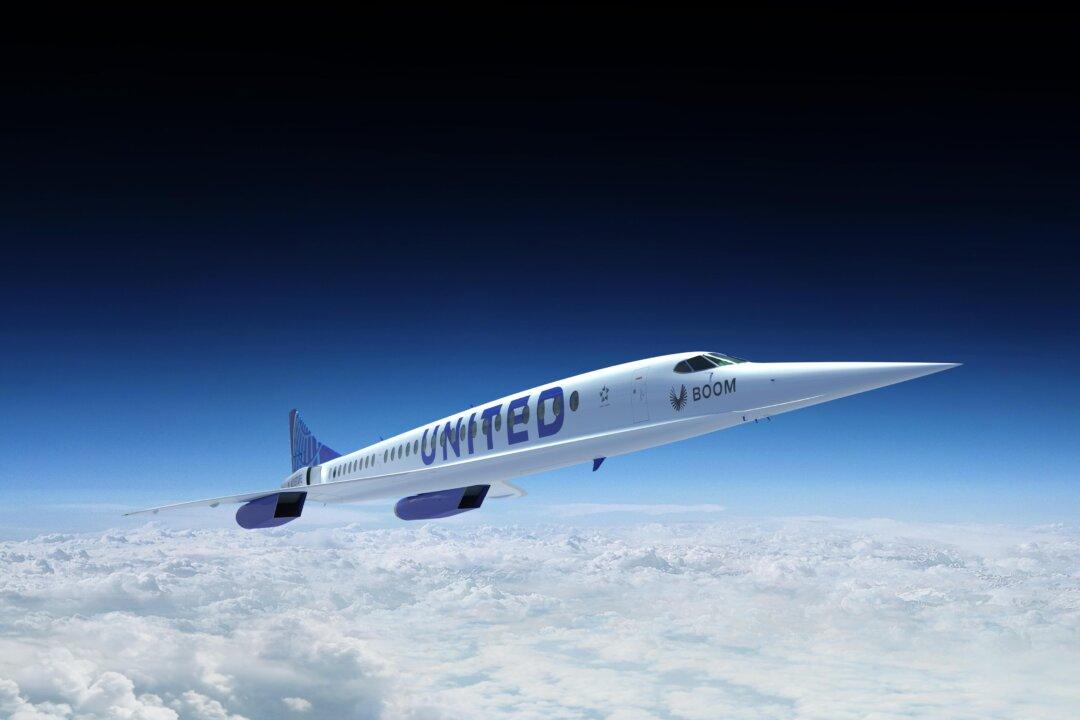American Airlines announced that it has agreed to purchase 20 supersonic Overture planes from Boom Supersonic, both companies said on Aug. 20.
American also paid an undisclosed amount as a nonrefundable deposit for the order, which it could expand to an additional 40 supersonic planes.





